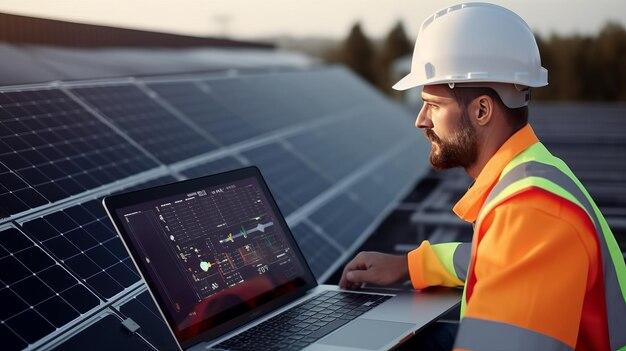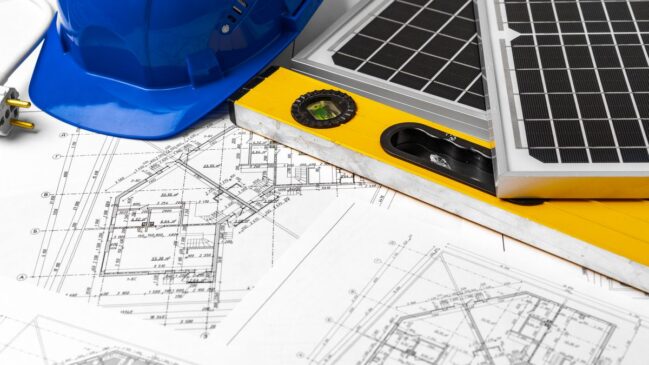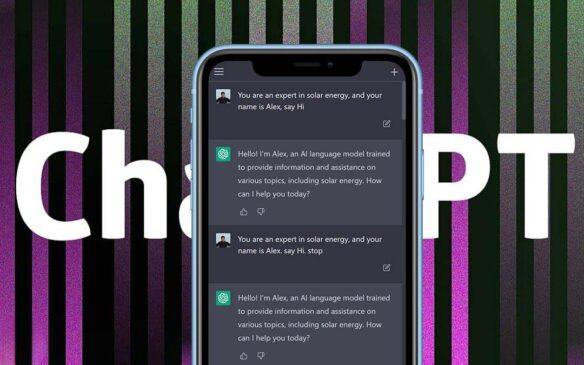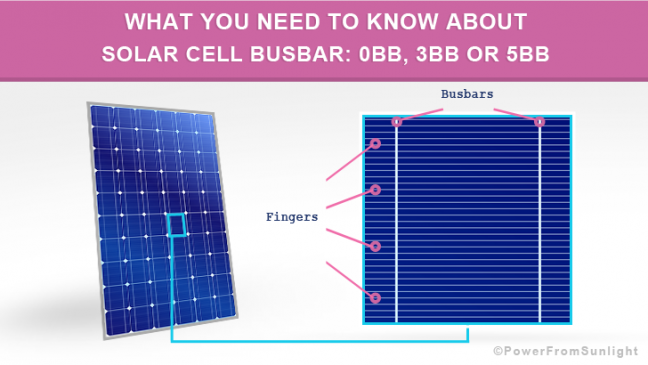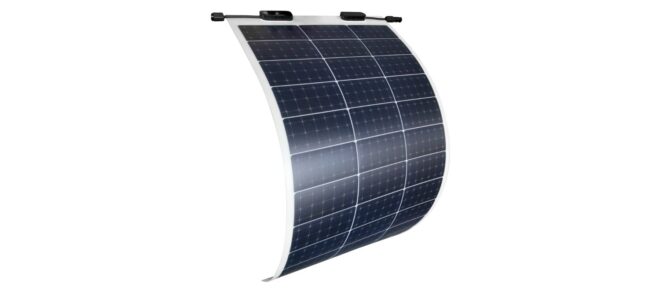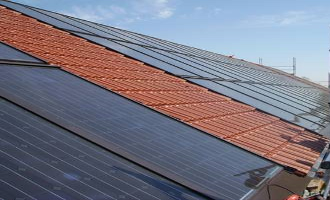
Which Solar PV System is Suitable For Your Needs, Off-grid or Grid Tied Solar System?
Photovoltaics is not only the best renewable Energy Source (read this article), but the best solar energy technology too (read this article).
If you are interested in this article, please read the following articles first:
- Where Is The Best Place to Install your Solar PV system?
- Four site conditions are important to be considered when planning of a Solar PV system
This article explains the difference between the off-grid and grid tied solar system in order to help you to make the right decision about which system is best suited to your needs.
In the conception of the photovoltaic systems, a distinction shall be made whether the solar PV system will be connected to the public grid (grid tied solar system) or will be operated independently of the grid, the so-called off-grid solar system.
Off-grid solar system (stand-alone solar system)
An off-grid solar system serves as an independent solar power supply and can allow this supply everywhere where there is no connection to the utility grid, or because it is too complicated or expensive.
Therefore, the objective of an off-grid solar system is to meet on sites the individual needs for electrical power. Stand-alone solar systems are typically used, for example, in holiday homes, mountain huts or remote areas.
The principal problem in a stand-alone solar system is that the solar power supply does not necessarily coincide with the demand.
Even in the dark, the current is needed, especially for lighting. During this period, the solar PV system cannot provide electricity, here solar power, which is temporarily stored during the day in the solar batteries, should be used.
Off-grid solar systems are also often combined with other power generators, for instance, diesel or wind power generator.

Components of an off-grid solar system
Due to the absence of the grid connection, the off-grid solar system needs a storage battery.
Lead-acid batteries are mostly used because they are robust and their cycle stability (the number of times they can be discharged and charged) and their efficiency is optimized for use in the stand-alone PV system.
Solar PV systems on a boat and in a caravan, are also off-grid solar systems. Here the existing onboard battery is usually charged with solar power.
Also, an off-grid solar system requires a so-called solar charge controller, which protects the batteries against deep discharges and overloading.
If there are appliances, which need AC-power, then a so-called off-grid solar inverter is required.
Calculation of the size of the PV generator and the required battery capacity
In the case of a stand-alone solar system, it must be estimated precisely, how much electricity and at which times it is required.
As no required solar power can be fed into the utility grid, needs and output must be coordinated with each other. That is best achieved by following the next steps:
A) Calculation of the electricity requirement:
- Estimate the power input of all loads (in Watt) and their possible operating time per day
- Add these power inputs (results in watt-hours or kilowatt-hours per day), and
- Increase the calculated requirement by 10 to 15 % to cover the conduction and charge losses.
B) Watt peak:
After that, calculate the output of the solar PV system (in Watt or kilowatts) according to the calculated requirement (from step 1).
C) Solar battery sizing:
- Multiply the daily consumption (from step 1) by the number of days, in which the solar power supply must be ensured (usually three days).
- Include again a reserve.
- If you divide the needs (in Watt or kilowatts) to the battery voltage, usually 12 V, you will get the necessary capacity (in ampere-hours). This must be doubled in the case of lead-acid batteries because these must not be permanently fully discharged. Solar lithium batteries can be more discharged.
Grid-tied solar system
Most solar PV systems are operated as grid-tied solar systems. Compared to stand-alone systems, they have the advantage, that part of the generated solar power which is not used can be fed into the utility grid.

Components of an grid-tied solar system
The components of a grid tied solar system are:
- Solar modules
- PV Mounting system
- AC and DC cabling
- Generator connection box
- Solar power Inverter
- Bi-directional meter (feed-in and consumption meter)
Calculation of the plant size for a grid tied solar system
If the feed-in remuneration is low, the grid-tied solar systems are optimized according to the self-consumption.
Another criterion can also be the desired self-sufficiency level of the user.

